The black swallowtail – also called the eastern black swallowtail or American swallowtail and a variety of other colloquial names such as parsley worm – is a common butterfly found throughout much of North America. Papilio polyxenes is one of many species in the largest genus in the butterfly family Papilionidae (swallowtails). It ranges from southern Canada to northern South America, but is most common east of the Rocky Mountains. There are several subspecies that occur in Mexico, Central America and South America. It has been designated as the state butterfly of Oklahoma.
Adult black swallowtails are usually found in open areas, such as fields, meadows, parks, wetlands, prairies and sunny backyards. Females tend to be larger than the males, with a wingspan of 3¼ to 4¼ inches. The wings are black with yellow, blue, orange and red markings. On the upper surface there are two rows of yellow spots along the edges, with a powdery iridescent blue area between the two rows and a
red eyespot (red circle with a black bulls-eye) near the margin of each hind wing. The yellow spots are typically large and bright and the blue not very prominent on males, while females have smaller and lighter colored yellow spots but a prominent blue area (although some males have markings similar to females) – this difference is called sexual dimorphism.
The underside of the wings has two rows of pale yellow spots on the edges of the front wings and bands of orange spots separated by pale blue on the hind wings. Both sexes have the characteristic narrow lobe on the hindwings, called the tail. Although black swallowtails are fairly easy to identify, they are most likely to be confused with the pipevine swallowtail (Battus philenor), which is black with an iridescent blue-green sheen and only faint white spots on the upper surface and has only a single row of spots below, and the spicebush swallowtail (Papilio troilus), an uncommon stray into Wisconsin, which has white spots on the upper surface and the yellow spots on the underside are interrupted in the middle by a blue area. The underside of the wings mimics that of the poisonous and distasteful pipevine swallowtail which can fool vertebrate predators into avoiding eating them (Batesian mimicry). Since they spend a lot of time roosting with the wings closed, this maximizes the protective effects (the upper side of the wings of males doesn’t resemble that of the pipevine swallowtail). Male butterflies emerge before the females and maintain and defend territories, where they perch and patrol for receptive female butterflies. Both sexes obtain nectar from a variety of flowers, including milkweed, thistles, purple coneflower, zinnias, and Verbena bonariensis. They will also visit moist ground to obtain salts.
Larval host plants include a variety of species in the carrot family (Apiaceae). Cultivated dill, parsley, fennel, celery, caraway, and carrot are common food sources in backyard gardens, where it could be considered a pest. Usually they are not numerous enough to present a real problem. But for gardeners who do not want their plants eaten, handpicking would eliminate the problem in most situations. Insecticides are rarely justified, but if needed, foliar insecticides and the bacterial insecticide BT (Bacillus thuringiensis)
provide effective control. Black swallowtail will sometimes also utilize plants in the citrus family (Rutaceae), including common rue, Ruta graveolens. Wild plants that are utilized as larval food include introduced species such as Queen Anne’s lace (wild carrot, Daucus carota), poison hemlock (Conium maculatum), and wild parsnip (Pastinaca sativa) and native species including spotted water hemlock (Cicuta maculata) and golden alexander (Zizia aurea).
Females lay pale yellow, spherical eggs singly on host plants, usually on new foliage but occasionally on flowers. The eggs darken as the caterpillar develops inside. The eggs hatch in 3 to 9 days, with the caterpillar chewing its way out of the egg and then consuming the eggshell. The first instar larvae are spiny and mostly black with a whitish saddle, mimicking bird droppings. In the second and third instars the spines are reddish or orange.
Older larvae (fourth and fifth instars) are green with transverse bands of black with yellow spots, a color pattern that likely makes them hard to see while resting on the sun-dappled host plants. The caterpillars eventually grow up to 1½ to 2 inches long. The larval stage takes 10 to 30 days depending on temperature and type of host plant.
All swallowtail larvae have an eversible horn-like organ behind the head known as the osmeterium (osmeteria, plural) that looks like a forked snake tongue. It is a bright yellow-orange color on the black swallowtail. When the caterpillar is disturbed it rears up and the organ is extended for a short period of time. When everted it it releases a chemical repellent with a foul smell to repel predators. It is harmless to humans, however. Once the caterpillar matures it wanders away from the host plants to find a place to pupate. It positions itself in the typical swallowtail “head-up” position on something such as a plant stem, tree trunk, foundation wall or other location and spins a slender silken band around the thoracic area to support itself and is attaches at the hind end to a silk pad by a Velcro®-like cremaster. It then molts one last time into a naked chrysalis (not inside a cocoon like moths make) with short horn-like protrusions on the head.
The color of the chrysalis is either greenish with yellow markings or mottled brown. This is determined genetically, not by the individual’s immediate surroundings, so that the majority of the pupae will blend in; overwintering pupae are always brown. This stage is very cryptic and not commonly seen in the garden. Those of the first brood will remain in the pupal state for 2 to 3 weeks, while later generations pupating in the fall will enter diapause and overwinter in the pupal stage. Adults emerge in the spring, generally eclosing in the morning. There are usually two generations in the upper Midwest, with adults generally flying from mid-May until late September. They are most numerous in early July until late August when the second brood adults are out. There is a third flight period in southern regions.
This insect may be parasitized in the larval or pupal stages by flies in the families Phoridae and Tachinidae, and by wasps in the families Braconidae and Ichneumonidae. Since some insect parasitoids find their hosts by the smell of volatile chemicals in insect frass, black swallowtail larvae use their mandibles to throw their fecal pellets off the plant so these natural enemies will be less likely to find them. If you want to encourage black swallowtail to visit your garden, plant flowers to provide nectar to adults and larval host plants (such as dill or parsley that you are willing to let them eat), and refrain from using insecticides in the garden. – Susan Mahr, University of Wisconsin – Madison
Butterflies with contrasting black and yellow colors are some of the most eye-catching insects. While less common than other color combinations, these vivid butterflies easily stand out in nature
Black and yellow butterflies span multiple continents. They can be found in North America, Europe, Asia, Africa, and South America.
While many associate black and yellow with warning colors in the animal kingdom, these shades have a different impact in butterflies Instead of warning predators, black and yellow butterflies rely on startle or flash patterns
What Makes Black and Yellow Butterflies Unique
Black and yellow butterflies use their colors to startle predators instead of warning them. Startle patterns momentarily shock predators, giving the butterflies time to escape.
These butterflies need to avoid being eaten since they aren’t poisonous or bad-tasting. Predators don’t associate their colors with anything negative.
So why are black and yellow combinations so popular in butterflies? These contrasting shades help the insects stand out. They likely developed to attract mates rather than deter predators.
In many species, the males are more vibrant while females are drabber. Dazzling males attract more attention from potential mates.
Diverse Species Around the World
From Swallowtails to Skippers, black and yellow butterflies come in many forms. Here are some of the most vibrant species:
-
Giant Swallowtails have mostly black wings with 2 rows of yellow stripes. They live throughout North America.
-
Cairns Birdwings are found in Australia. Their wings are predominantly black with yellow and green accents.
-
Spanish Festoons in Europe display approximately equal black and yellow coverage on their wings.
-
Yucca Giant-Skippers hold their black and yellow forewings in a triangle shape. They frequent grasslands worldwide.
-
Soldier Pansies in Africa and Asia exhibit dark brown and black wings with vivid yellow bands along the margins.
-
The Golden Birdwing is among the largest black and yellow butterflies, spanning up to 6 inches across. This Asian Swallowtail has black and white wings with yellow patches.
Seasonal Shifts in Color
Some black and yellow butterflies change their appearance depending on the time of year. This color shifting is linked to seasons and climate:
-
African Caper females display yellow wings in wet conditions and pale white wings in dry conditions. Their colors help them blend into the environment.
-
Chocolate Albatrosses in India have predominantly white wings with black edges. As seasons change, the white darkens and black borders widen or shrink.
-
Northern Chequered Skippers in Europe are active during the short warm season. Males are mostly yellow while females are largely black. Their limited flight period prevents studying long-term color changes.
Mimicry for Protection
In addition to attraction and blending purposes, some black and yellow butterflies use mimicry. Mimicry means copying the appearance of another species.
Some common examples include:
-
Many Swallowtail butterflies copy the patterns of foul-tasting butterflies to avoid being eaten. Their colors don’t indicate danger, but predators may mistake them for truly toxic species.
-
The undersides of butterfly wings often display elaborate eyespots. These circles mimic the eyes of larger animals. When the butterflies close their wings, the “eyes” might scare small predators.
-
Some tropical species have body colors and patterns that match their caterpillar hosts. This makes it difficult for predators to associate the butterflies with food sources.
Bright Wings and Bold Patterns
Spotting a black and yellow butterfly is always a delight thanks to their striking wings. These colors produce eye-catching contrasts.
Some additional features that make these butterflies so vivid include:
-
Intricate black venation on wings covered with yellow sections
-
Thin black margins along the edges of wings over yellow backgrounds
-
Yellow bands crossing horizontally or vertically across black wings
-
Tiny decorative dots in white and orange hues
-
Bright red or blue accents on eyespots and wing tips
The next time you see a flutter of black and yellow, take a moment to appreciate the artistry of butterfly wings. With close inspection, you’ll discover the subtle decorations that accent these colorful insects.
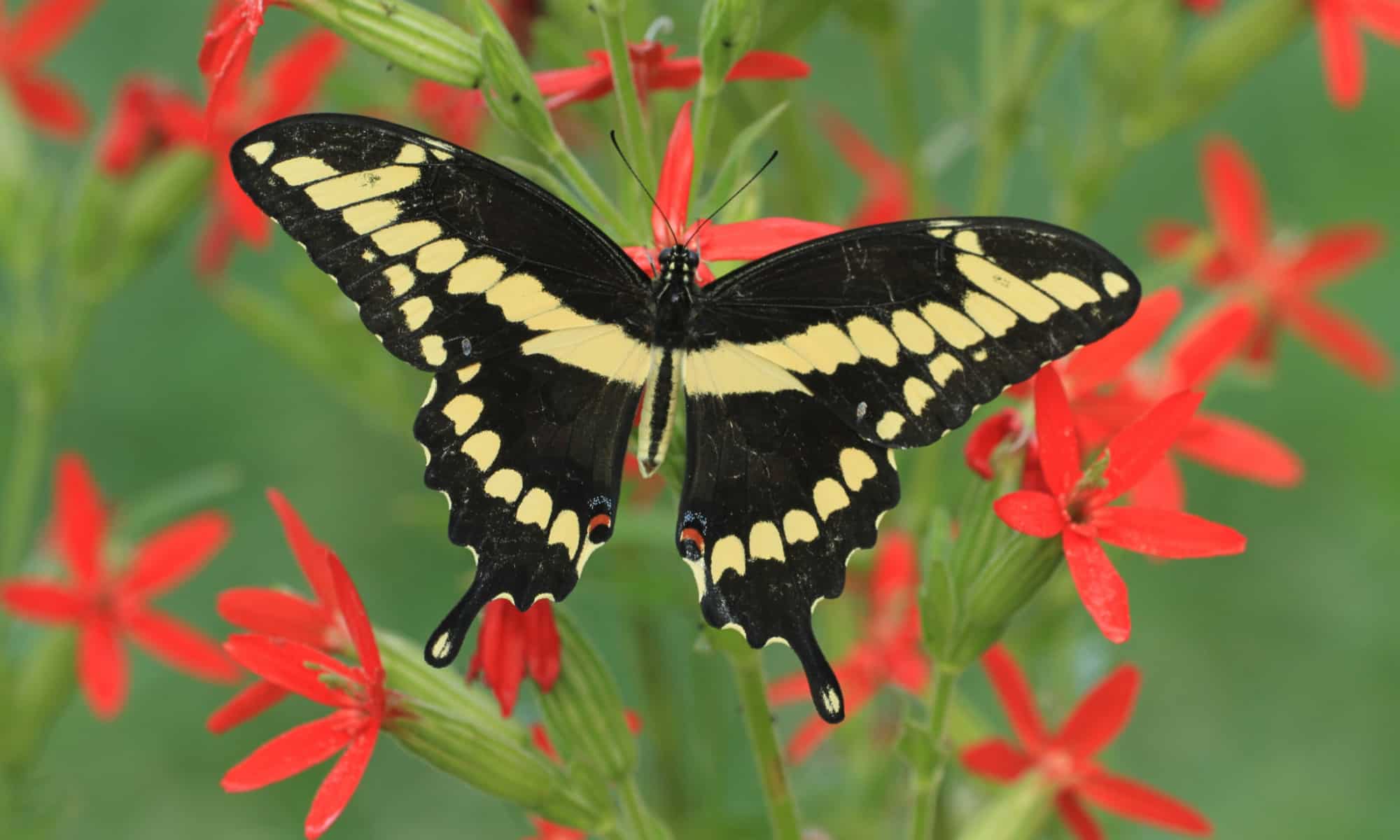
Ask Your Gardening Question
If you’re unable to find the information you need, please submit your gardening question here:
Featured Articles by Season
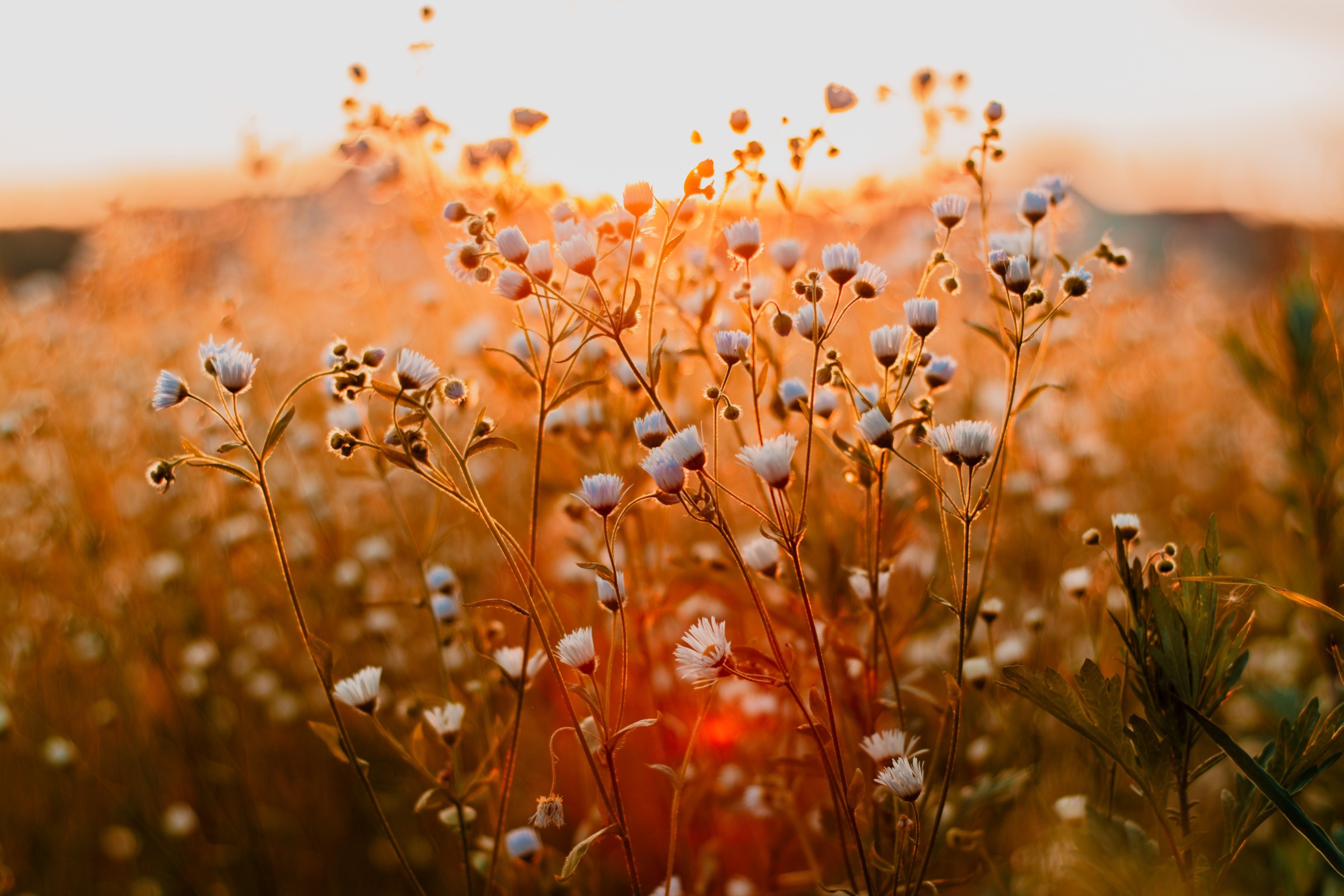
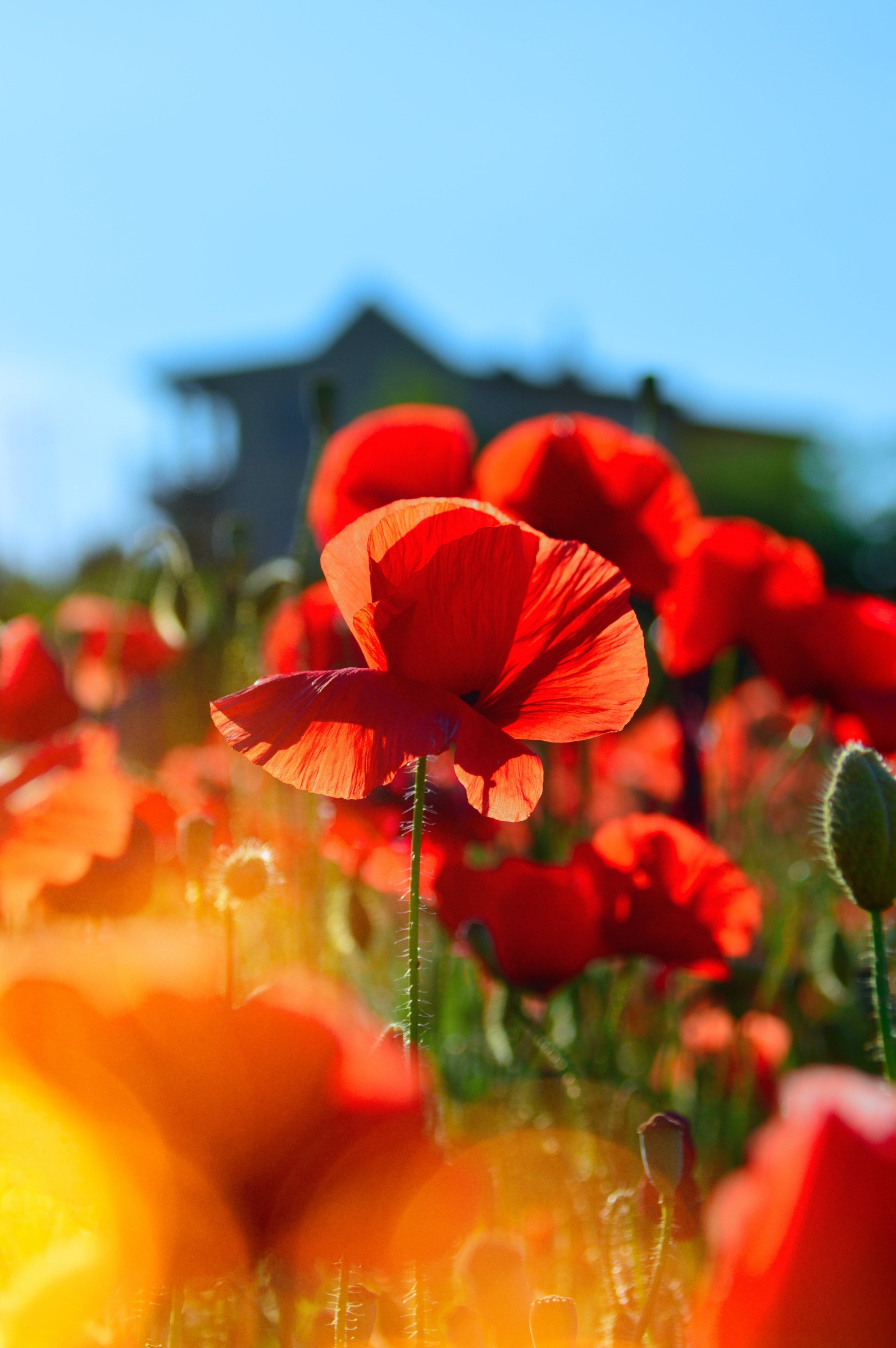
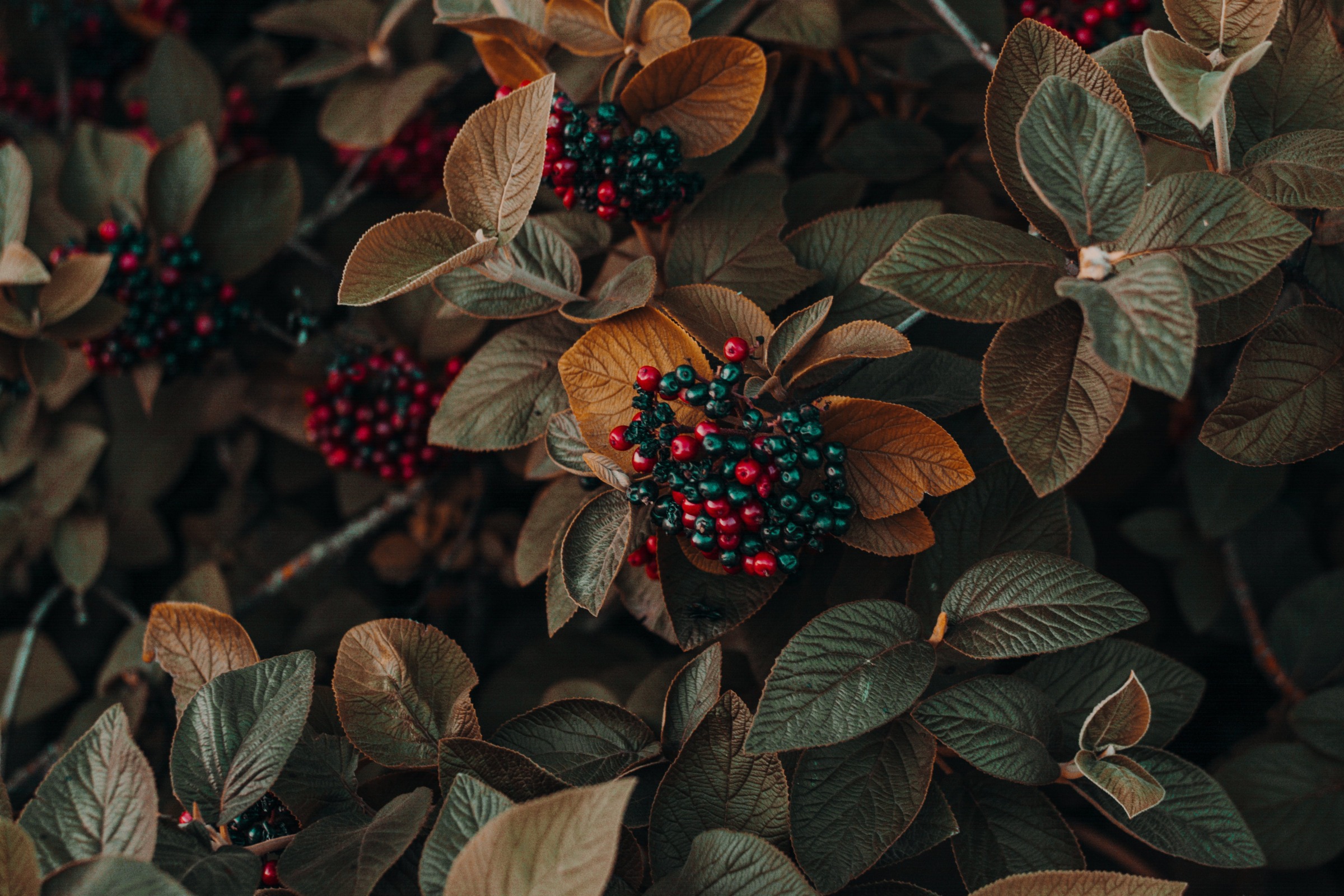
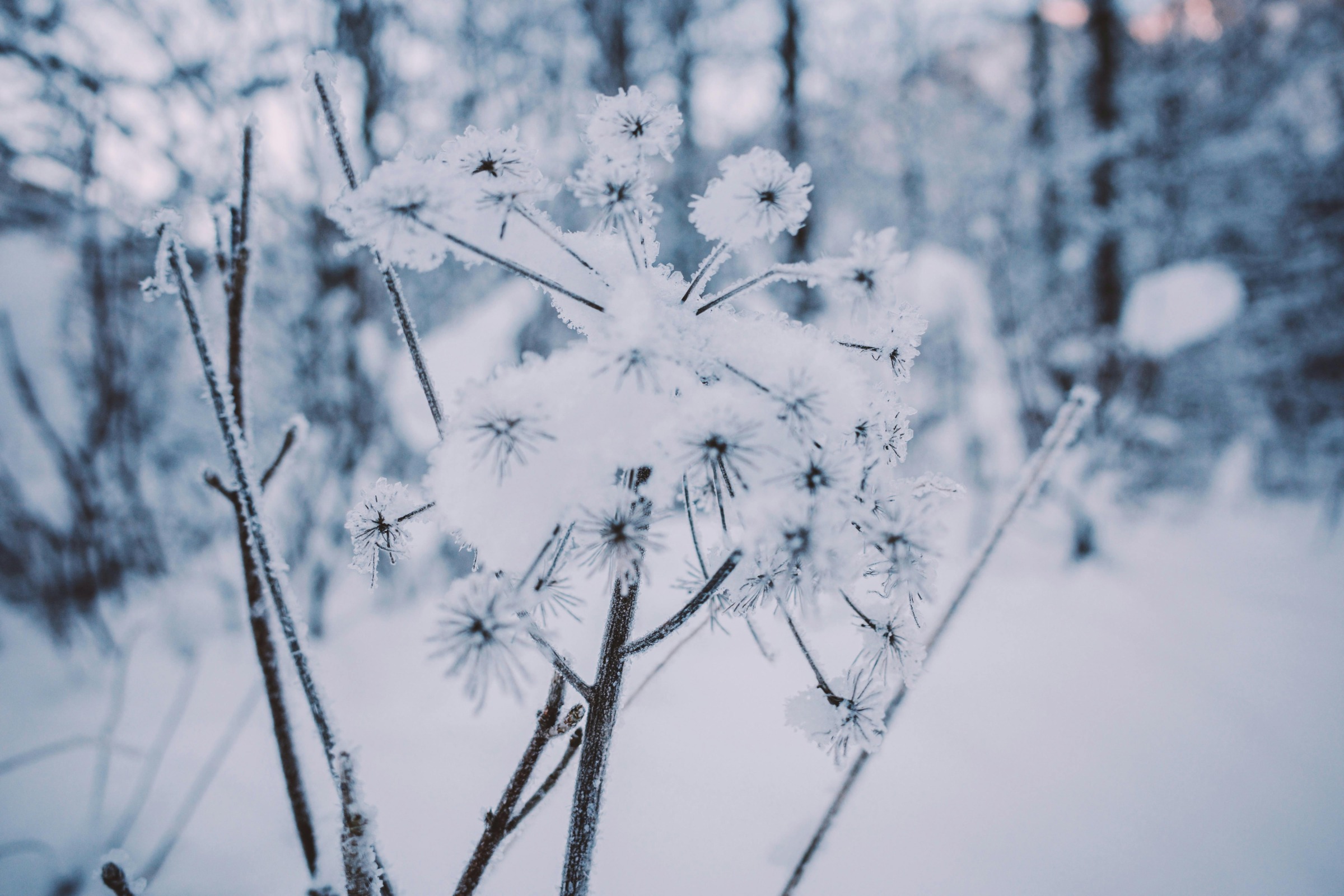
Yellow and Black Butterfly Meaning
FAQ
What kind of butterfly is yellow and black?
-
- Appearance: The male tiger swallowtail is known for its bright yellow wings with prominent black stripes.
- Females: Female tiger swallowtails can come in two forms: one that resembles the male, and another that is predominantly black.
- Wingspan: They have a wingspan of around 3 to 5 inches.
- Habitat: They can be found in a variety of habitats, especially near water, but also in meadows, gardens, parks and roadsides.
- Host Plants: They only lay eggs on plants from the Magnolia and Rose plant families.
- Nectar Plants: They drink nectar from flowers such as milkweed, thistles, honeysuckle, ironweed and red clover.
- Appearance: The male tiger swallowtail is known for its bright yellow wings with prominent black stripes.
-
- Native to: Eastern North America.
- Other Tiger Swallowtail Species: There are other species of tiger swallowtails, including the western tiger swallowtail and Canadian tiger swallowtail, which are separated by range but found from Florida and southern California to northern Canada and Alaska.
- Native to: Eastern North America.
What does seeing a black and yellow butterfly mean?
-
Butterflies, in general, are often associated with transformation, rebirth, and the journey of self-discovery. They represent the ability to change and evolve, to let go of burdens, and embrace a sense of liberation.
-
Black and Yellow:The combination of black and yellow can evoke a sense of striking contrast and energetic positivity.
-
This specific type of butterfly, with its bright yellow and narrow black stripes, is a good example of a black and yellow butterfly.
-
Spiritual Interpretation:Some interpret seeing a butterfly as a sign that your guides are with you, guiding you through life’s journey.
-
Other Interpretations:The specific meaning can also be influenced by cultural associations, individual preferences, and the context of the encounter.
How rare is a tiger swallowtail butterfly?
The Eastern Tiger Swallowtail butterfly (Papilio glaucus) is one of the most common and beautiful eastern butterflies. Individuals can be found anywhere east of the Mississippi river and a bit farther west into the Great Plains states. There are also populations in several Mexican states.
Where in the US would you find a black swallowtail butterfly?
Black Swallowtails are found in fields, parks, and sunny yards. As can be seen from the photos, I usually see them in the park when they come to flowers for nectar. Black Swallowtail is widespread in eastern United States.
What butterfly species are yellow & black?
The most common yellow and black butterfly species are Swallowtail and Brush-footed butterflies. Some famous yellow and black butterfly species are the Giant swallowtail, Eastern tiger swallowtail, Black swallowtail, and Monarchs.
What butterfly has yellow wings and black stripes?
The Eastern Tiger Swallowtail is a large butterfly with yellow wings and black stripes. – The Eastern Tiger Swallowtail can be distinguished from other swallowtail species by its four black “tiger stripes” on each forewing. The Cabbage White (Pieris rapae) is a small to medium-sized butterfly species of the whites-and-yellows family Pieridae.
Are black and yellow butterflies attractive?
Black and yellow butterflies are among the most attractive and eye-catching butterfly species. Black and yellow butterfly species are widespread and can be found in almost any part of the planet. No matter how much or how little experience you have with butterflies, seeing a black and yellow butterfly is bound to be arresting.
What are the different types of black and yellow butterflies?
Different types of black and yellow butterflies have contrasting coloring. Giant Swallowtail (Papilio cresphontes) butterflies are known for being mostly black. They have 2 rows of vivid yellow marks across the wings. Tiny orange-red spots are further distinguished on their wings.
What is a chocolate grass yellow butterfly?
Also native to Asia, the Chocolate Grass Yellow (Eurema sari) is among the common yellow and black species. This butterfly has yellow wing colors with wide black borders on the upper wings and narrow black borders on the hindwings. Fine black veins are also distinguishable in the species. The body of the butterfly is partly yellow and partly black.
What is a Mexican yellow butterfly?
The Mexican Yellow butterfly is a type of tiny butterfly that is characterized by its brilliant bright yellow wings and strong black patterns. Both Mexico and the southwestern United States in the United States are its natural habitats. Size: Mexican Yellow butterflies are 1.75–2.5 inches in wing span, which is considered a “medium” butterfly
